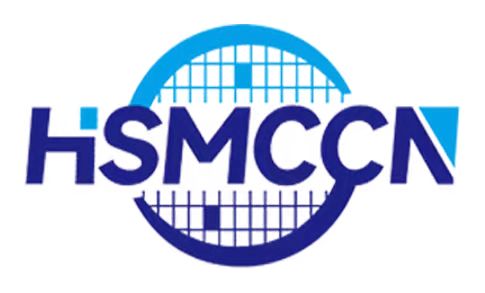The Resurgence of the Handbag Industry: Trends, Innovations, and Sustainability
In recent years, the handbag industry has undergone a remarkable transformation, adapting to changing consumer preferences and market dynamics. As fashion trends evolve and sustainability becomes a priority, brands are reimagining their offerings to cater to a more conscious consumer base. This article delves into the current state of the handbag industry, exploring key trends, innovations, and the push for sustainability that is reshaping the market.
A Shift Towards Sustainability
The demand for sustainable fashion is at an all-time high, with consumers increasingly prioritizing eco-friendly products. Handbag brands are responding by sourcing materials from recycled or ethically produced resources. For instance, companies are exploring alternatives such as vegan leather made from plant-based materials and repurposed textiles. This shift not only reduces environmental impact but also attracts a new demographic of eco-conscious shoppers.
Many luxury brands have embraced this trend, integrating sustainability into their core values. Brands like Stella McCartney have long championed sustainable practices, setting a precedent that others are now following. The commitment to sustainability is reflected not only in product design but also in the supply chain, with brands focusing on reducing carbon footprints and improving labor practices.
Innovative Designs and Technology
Innovation is a key driver in the handbag industry. Brands are leveraging technology to enhance customer experience and streamline production processes. Augmented reality (AR) and virtual reality (VR) are becoming valuable tools for retailers, allowing customers to visualize how a handbag will look on them before making a purchase. This tech-savvy approach has proven particularly appealing to younger consumers, who are accustomed to digital interactions.
Moreover, functional designs that cater to the busy lifestyles of modern consumers are gaining traction. Features such as detachable straps, multifunctional pockets, and convertible designs that transition from day to night are becoming increasingly popular. The emphasis on versatility not only adds value to the product but also aligns with the minimalist trend, encouraging consumers to invest in fewer, high-quality items.
The Rise of Direct-to-Consumer Brands
The rise of e-commerce has significantly impacted the handbag industry, with many brands shifting to direct-to-consumer (DTC) models. This change allows companies to establish closer relationships with their customers, gather valuable feedback, and offer personalized shopping experiences. DTC brands often benefit from lower overhead costs, enabling them to offer competitive pricing and unique designs.
Social media platforms like Instagram and TikTok have become essential marketing tools for handbag brands, particularly DTC ones. Influencer collaborations and user-generated content have become crucial strategies for reaching target audiences, creating a sense of community and engagement around brands.
Resilience Amid Challenges
The handbag industry has faced various challenges, particularly during the COVID-19 pandemic, which led to shifts in consumer spending and priorities. However, the industry has shown resilience, adapting to new market conditions and consumer needs. As remote work became more prevalent, there was a noticeable shift in demand towards more casual, functional handbags suited for everyday use.
As the world gradually returns to normalcy, the handbag industry is poised for recovery and growth. Brands that prioritize sustainability, innovation, and consumer engagement are likely to thrive in this evolving landscape.
Looking Ahead
The future of the handbag industry looks promising, with a strong focus on sustainability, technology, and direct-to-consumer relationships. As consumers become increasingly discerning, brands that align with their values and offer unique, high-quality products will stand out in the competitive market. The industry’s ability to adapt to changing trends will be crucial in shaping its trajectory in the coming years.
In conclusion, the handbag industry is at a pivotal moment, embracing change and innovation while addressing consumer demands for sustainability and functionality. As we delve into this dynamic sector, it’s clear that the ultimate success will hinge on brands’ ability to evolve and resonate with a conscious consumer base. The journey ahead is filled with opportunities for those willing to innovate and lead the charge towards a more sustainable and stylish future.



